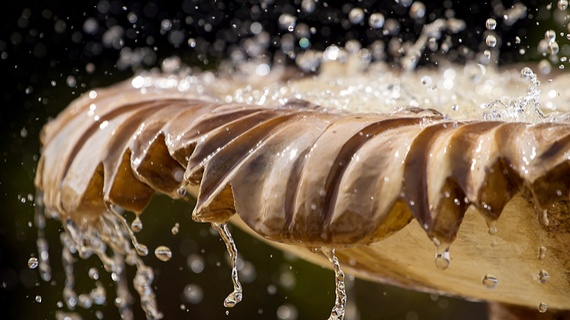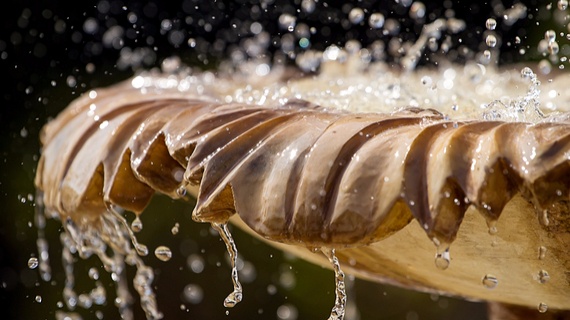
Some years ago, a 23-year old man in Australia arrived at a hospital complaining of fever and confusion. An x-ray uncovered the fact that he was suffering from pneumonia, while tests revealed it had been caused by the Legionella pneumophila bacteria – the pathogen responsible for Legionnaire’s disease.
Fearing a public health outbreak, thorough investigations were made into the cause of the infection. Cooling towers near the man’s workplace, his home and other places he had visited were reviewed and samples of water were taken. But no trace of the bacteria could be found.
The man’s colleagues were tested for the bacteria, and the same strain of legionella was discovered in a 53-year-old worker who had, two days earlier, gone to another hospital complaining of fever, abdominal pain and diarrhoea.
The fact that the two men worked near to each other in a welding area finally provided the key to the source of the infection. At the entrance to this area, there was a water tank with an open cover. It acted as a heat exchange for the welding cooling system, and it was common practice to cool the area with an industrial fan. Legionella was discovered in high concentrations in the tank, making the source of the infection beyond doubt – the men had breathed in droplets from the tank caused by the fan.
The welders’ water tank is just one of the more surprising sources of legionella infection. Others have included fountains in which ornamental lighting has raised the temperature of the water to a level in which legionella can thrive; hot tubs that have not been properly cleaned; and even instances of legionella in potting soils and soil conditioners.
Conditions are more important than sources of legionella
This brings us to the most important point about legionella – it’s not so much the source of the bacteria that’s important, but the conditions that allow it to thrive.
If you have a source of water that remains between 20° and 45° C, and it contains a food source for the bacteria such as algae or sludge, then legionella can thrive. All it then takes is for a person to breath in aerosol vapours of the infected water to become at risk of Legionnaire’s disease.
The two welders were lucky in that they both survived infection from such a surprising source. But if you are serious about keeping legionella in check, it demonstrates the need to think of all possible sources of infection when conducting legionella risk assessments on your warm water systems.
We can help you do this, or you could find out more by downloading our facilities manager’s guide to legionella risk assessments today.







